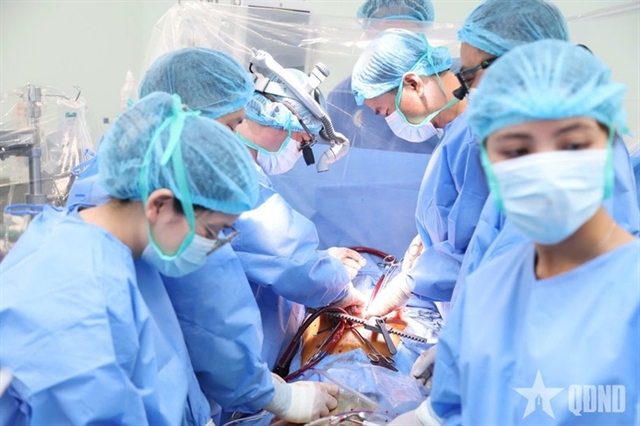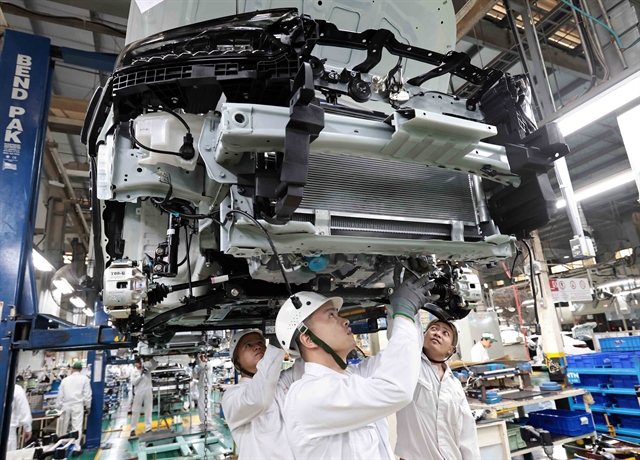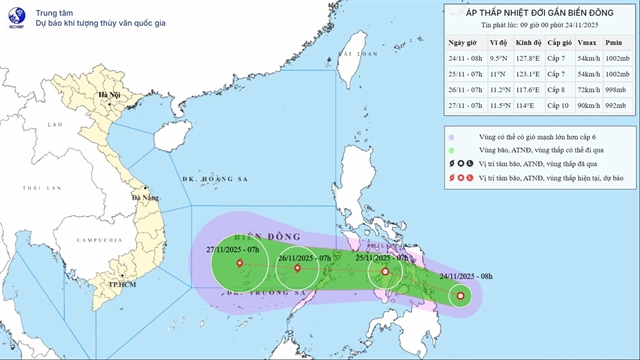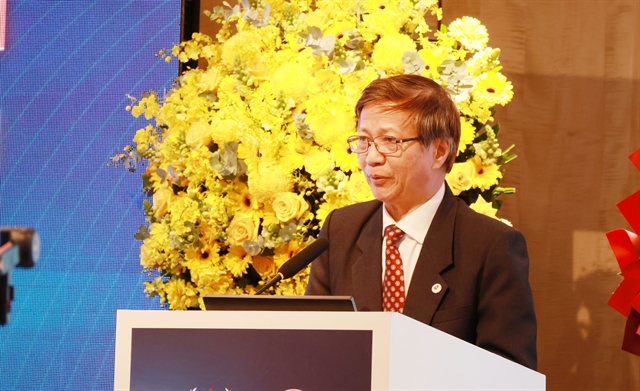 Economy
Economy


|
| Car assembled at the plant of Honda in Vĩnh Phúc Province. The Ministry of Finance has proposed the tax incentives for the automobile part-supplying industry to be prolonged to December 31, 2027 in stead of the end of this year to promote the development of the domestic automobile industry.. — VNA/VNS Photo Trần Việt |
HÀ NỘI — The Ministry of Finance has proposed the tax incentives for the automobile part-supplying industry to be extended through December 31, 2027, instead of the end of this year to promote the development of the domestic automobile industry.
Việt Nam has identified automobile to be one of the spearhead industries, in which promoting the development of the automobile part-supplying industry is a prioritised task.
The country has implemented the tax incentive programme for the automobile part-supplying industry since May 25, 2020, which together with the tax incentive programme for domestically-produced and -assembled cars. These two programmes have played an important role in promoting the development of the domestic industry.
While the latter is already extended to the end of 2027, the former needs also be prolonged, the ministry said.
Accordingly, under the draft amendment to Decree No 26/2023/NĐ-CP dated May 31, 2023, about incentive import and export taxes, the tax incentives for the automobile part-supplying industry are proposed to be extended to December 31, 2027.
Specifically, a zero import tax will be applied to raw materials and components which have not been produced domestically and used in the production and assembly of automobiles.
The Ministry of Industry and Trade in October made public for comment a draft strategy for promoting the development of Việt Nam’s automobile industry by 2030, with a vision to 2050.
The draft law set a goal that domestically-assembled cars will make up for 78 per cent of the domestic demand.
By 2025, the automobile part-supplying industry will be basically formed to meet around 35 per cent in terms of value of the demand for components and parts for domestic automobile production and 65 per cent by 2035. — VNS




